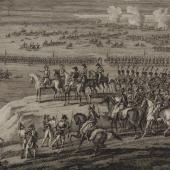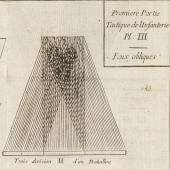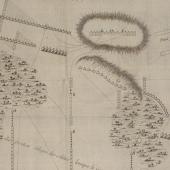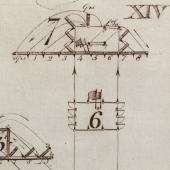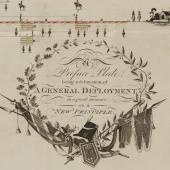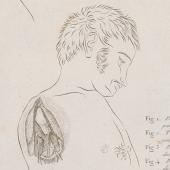Napoleonic warfare
A damned serious business
The nature of any warfare is determined by the weaponry available to the combatants. In early nineteenth-century Europe, land battles were dominated by the musket, bayonet, sword, lance and cannon. Smoothbore muskets were generally effective only in volleys, so infantry units formed into line to concentrate their fire. Infantry in line was vulnerable to flank attack by cavalry, however, and would form into squares to repel such assaults; but artillery fire onto closely-packed men in squares could be devastating in turn. The ability of troops to change formation swiftly and cohesively in response to rapid developments on the battlefield was therefore vital, and was a principal distinction between veteran and raw units.
War engenders innovation, and by the time of Waterloo developments such as the Shrapnel shell and Baker rifle were making the battlefield an ever more dangerous environment. Unsurprisingly, military medicine advanced during the Napoleonic era, led by surgeons such as George James Guthrie and Dominique Jean Larrey, both of whom were distinguished for the treatment of battlefield casualties, and served (on opposite sides) at Waterloo.
